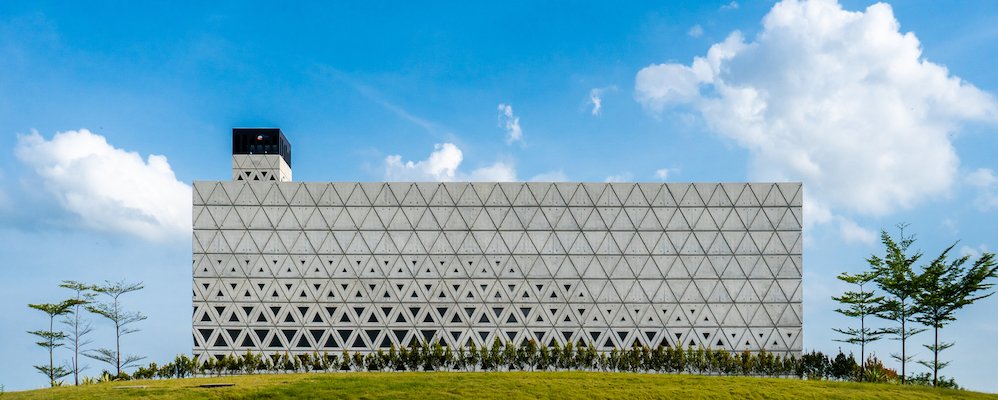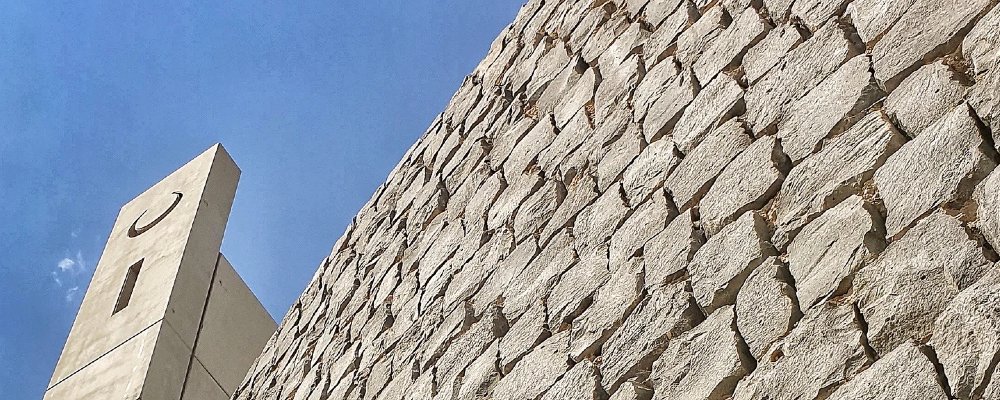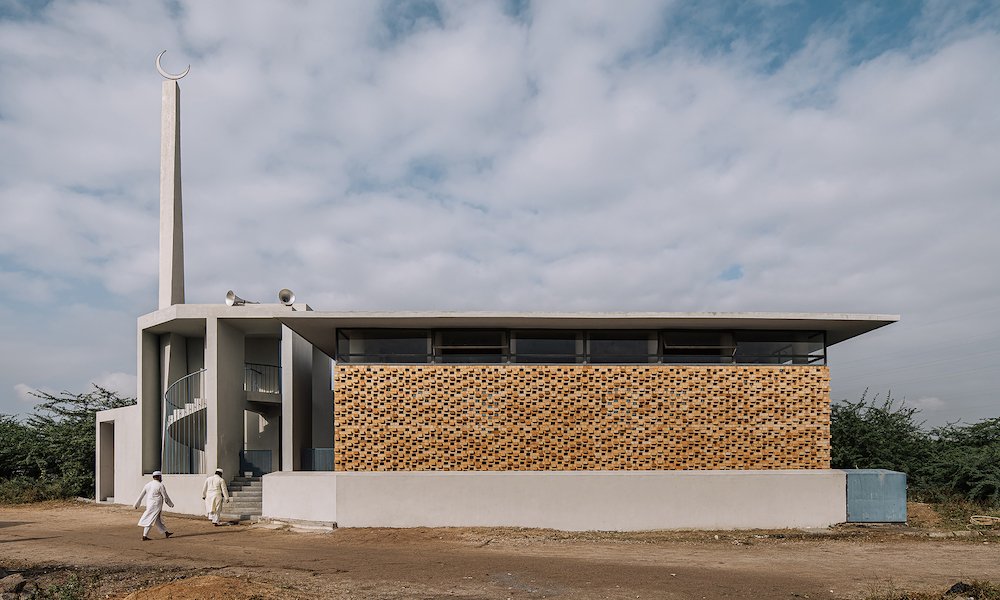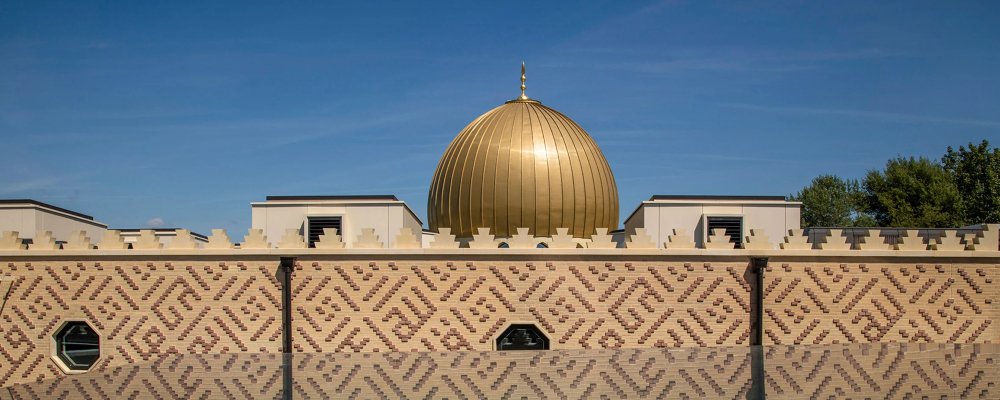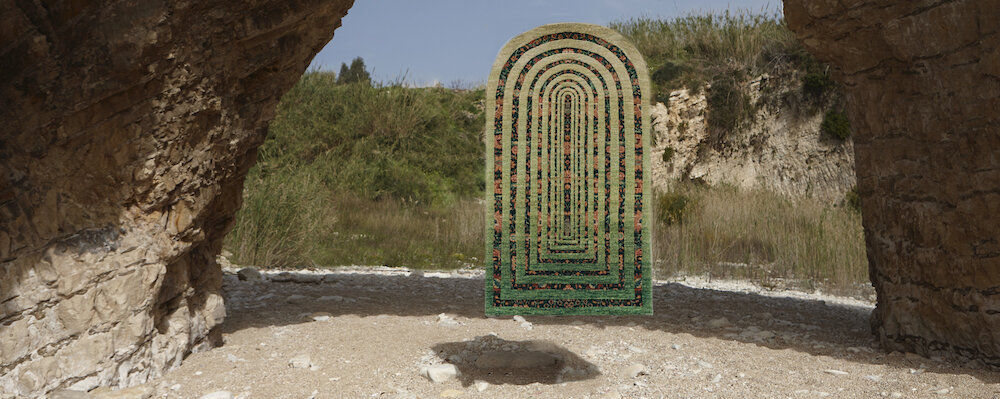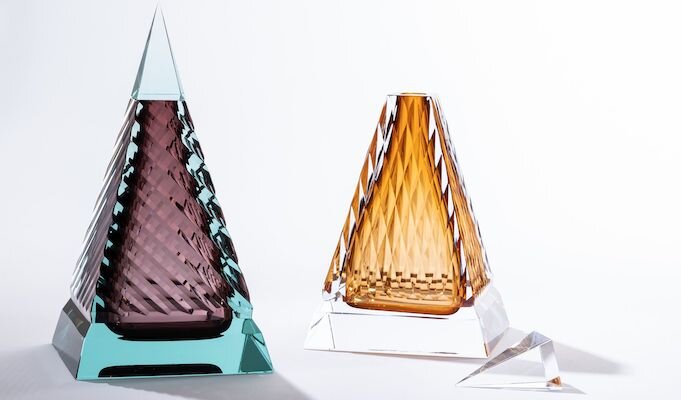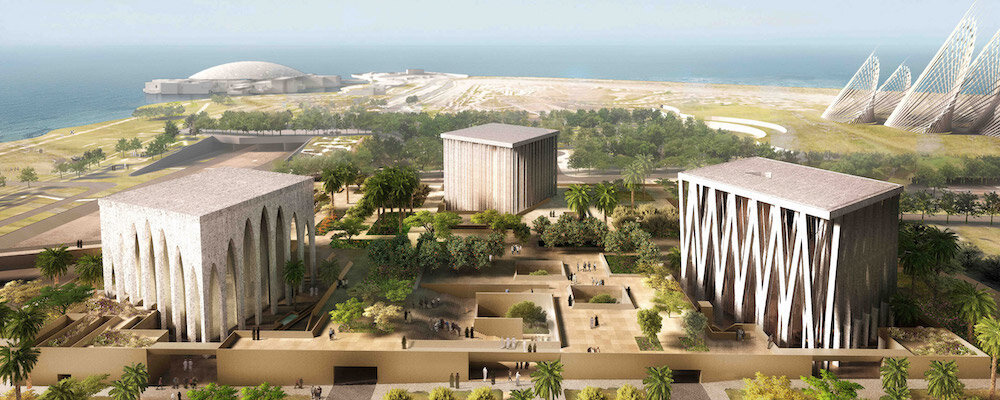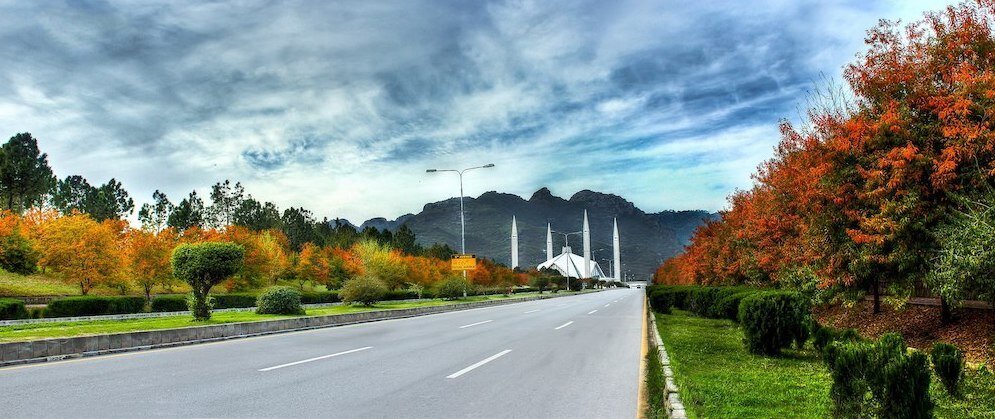#RamadanSeries - Aman Mosque
In the warm and humid delta of Bengal, the idea of embodiment of spirituality by creating calm and serene environment is at the start of this project.
Season 4, Episode 3: Aman Mosque, Narayanganj, Bangladesh.
Bengal, complex by its nature is the home of multiple cultures and religions. The climate is also very much complex and unique by nature due to geographic location. Both these factors have highly governed the architecture of this region.
People adapted new ideologies, new techniques, cultures and rituals and blended with the existing ones. They accepted new forms but transformed its characters. Its climate influences them to behave like such nature. Controlled daylight and provision of cross ventilation are the two very important factors that guides space layout and form attributes. Peripheral semi-outdoor spaces ensures defuse day light inside the indoor spaces reducing glare of the sun and also gives the scope to provide large openings in the facades that enables air to pass through the interior spaces. These are the essential factors, along with the influence of culture and heritage signifies the architecture of this region.
A mosque, with its own identity, is serene and spiritual, and takes individual close to the divine entity, form that has its own identity and supremacy. The design process of the mosque started with the idea of embodiment of spirituality by creating calm and serene environment. A pure form is being selected as the main mass in order to adhere to simplicity and singularity, at the same time attempted to explore beyond the limitation that comes with it.
Nakshabid Architects worked on a single geometric form depicting the intension of being pure in design approach and formal expression. A single volume of space created by the form accommodates the prayer hall which is significant in its scale and attribute.
This massive form is being supported structurally by two crisscrossed arches that helped to create the intended single volume of space without interrupting the continuity of the space. The crisscrossed formation creates the impression of an invisible dome above the prayer hall that symbolizes mosque architecture.
Facades of the built form is solid, monolithic and robust that reduces noise of surrounding industries as well as the glare of the sun. Triangular patterned openings at the facades allow the sunlight to penetrate inside with more mysticism that makes the whole setting more spiritual and sublime. These triangular pattern is the replication of traditional facade detailing in a very simpler but significant form.
The building mass is surrounded by circular semi outdoor space. This open to sky space is the source of defused light and air inside the main hall. The bottom portion of the building mass is transparent that connects the interior with surroundings. The operable glass doors allow the air to pass through the interior that keeps the space cooler and soothing. The circular semi outdoor space is surrounded by high wall to block the bustling outdoor nuances of heavy industry.
The landscape around the semi outdoor is sloped gradually that merges the building mass with its surroundings. This uplifted landscape creates the essence of a sunken courtyard where the building mass rests. The courtyard helps to retain calm and sound environment within the bustling and noisy activity of the industrial premise. As a whole, the built form gives a new image or develops a new language of mosque, that is much more transformed, simple but unique, bold but at the same time merge with surroundings.
Pictures by Maruf Rain.















